How Victoria’s roadmap from lockdown compares to the world
As Victorians struggle to manage with the roadmap out of lockdown, other countries are being forced to live under tight restrictions again as cases soar. This is how the rules compare.
Coronavirus
Don't miss out on the headlines from Coronavirus. Followed categories will be added to My News.
As Victorians struggle to manage with the state’s roadmap out of lockdown, many other countries around the globe are being forced to live under tight restrictions again as cases soar.
While millions have taken to the streets to protest against lockdown procedures in a fight for freedom, world leaders are hoping the tougher restrictions will lead to a suppression of the virus.
This is how Victoria’s lockdown rules compare to other countries:
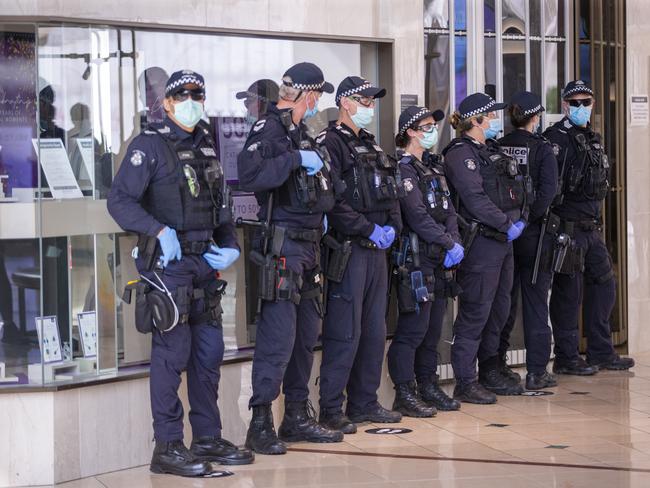
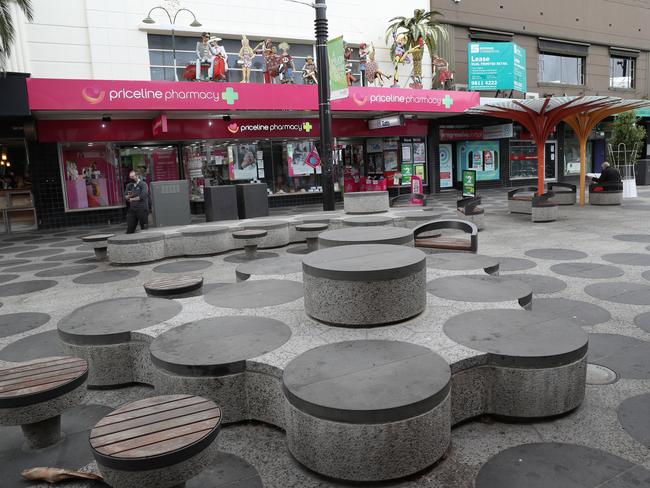
MELBOURNE
Cases: 20,051
Deaths: 763
For people living in metropolitan Melbourne, Stage 4 restrictions now apply.
These include:
– A curfew between the hours of 9pm until 5am. This means you must be at your home during those hours.
-The only reasons to leave home between 9pm and 5am will be work, medical care and caregiving.
– Leaving home is permissible (with some restrictions) for shopping for food or other essential items; exercise (applies to outdoor exercise, and with only one other person, for up to two hours a day); permitted work; caregiving, seeking medical treatment or compassionate reasons.
– Face covering must be worn outside the home.
Victorian Premier Daniel Andrews announced two key changes to lockdown rules in Melbourne.
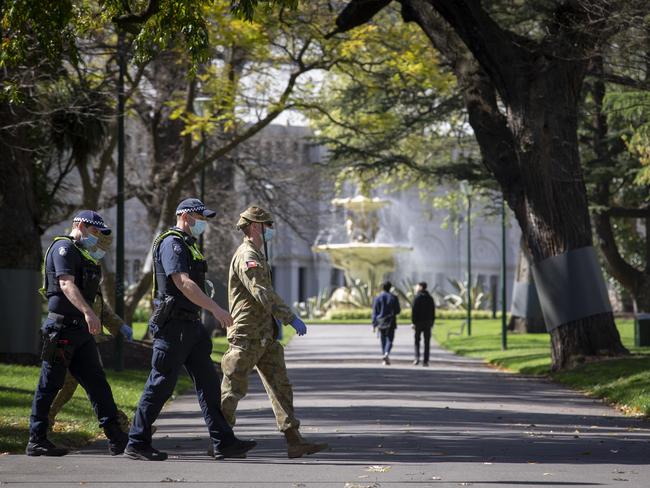
The first is that contactless pet grooming will be allowed in the “second step” of the road map to recovery from September 28.
Owners will be able to drop their pets off for grooming and pick them up afterwards.
The second major change is that beauty services will join hairdressers in reopening in the “third step” of the plan to ease restrictions from October 26.
However, the change only applies to services where a mask can be worn.
“This means that facials, face tattoos, face piercings cannot occur,” he said.
“But other services will be able to open.”
Outdoor playgrounds are open again and outdoor fitness equipment can be used.
Public libraries and toy libraries are open again, but for click and collect only.
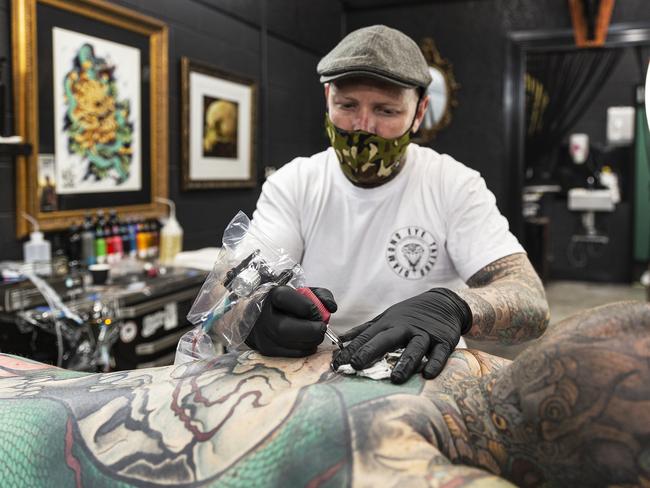
For regional Victoria, from September 17, people have been living under these new rules:
– No restrictions on leaving home
– Public gatherings: up to 10 people outdoors
– Visitors allowed at home from 1 other household (up to 5 people)
– Schools return to onsite learning from Term 4 with safety measures
– Hospitality open for predominantly outdoor seated service only
– All retail open, hairdressing and beauty services where a face covering can be worn for the duration of service.
– Restaurants and cafes are able to seat up to 50 people outside and 20 people inside, while households are permitted select one other household to create a "bubble" and visit.
– Outdoor sport is able to resume, while regional students will return to school in stages.
– Travel is allowed within regional Victoria, but not to metropolitan Melbourne unless for work, study, care-giving or for necessary goods or services.
– Residents from metropolitan Melbourne are not allowed to travel to regional areas, as they remain under stage 4 lockdown restrictions.
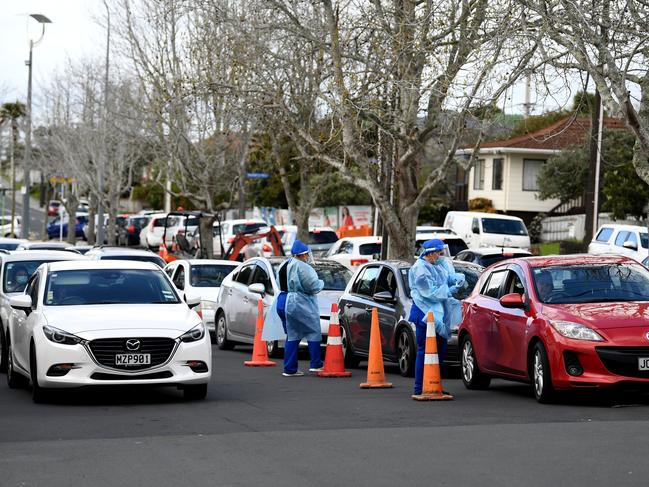
NEW ZEALAND
Cases: 1464
Deaths: 25
Auckland is at Alert Level 2, with extra restrictions on social gatherings, funerals and tangihanga.
People should keep at least:
– Two metres in public and in retail stores, like supermarkets and clothes shops.
– One metre in most other places like workplaces, cafes, restaurants and gyms.
– Social gatherings legally must not have more than 10 people.
– Funerals and tangihanga may have up to 50 people, and have to meet other conditions set by the Ministry of Health.
Alert Level 2 requires people to legally wear a face covering on public transport and aircraft are encouraged to wear face coverings in situations where physical distancing is not possible.
Public facilities can operate at Alert Level 2. There are no extra restrictions for public facilities in the Auckland region.
If people can safely maintain one metre physical distance, there is no limit on how many people may safely be inside.
Public facilities need to assess how many people may safely be inside the premises and still maintain one metre physical distancing.
If you go to a public facility, you legally must keep 1 metre physical distance from people you don’t know, where possible — if you cannot, consider wearing a face covering.
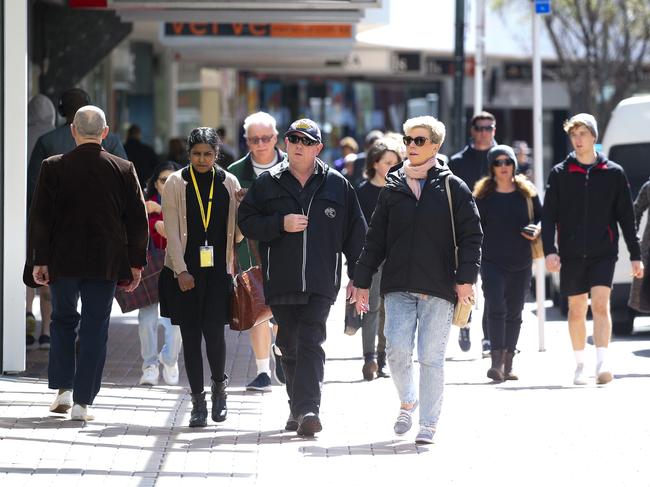
Public facilities include:
– swimming pools and gyms
– libraries, and museums.
– cinemas, theatres, stadiums, concert venues, conference venues and casinos.
All businesses are legally required to display an NZ COVID Tracer QR code for each business location and also legally must have an alternative contact tracing system.
Auckland will move to Alert Level 2 with no extra restrictions at 11:59pm on Wednesday September 23.
This means people in Auckland will be able to attend social gatherings, funerals and tangihanga in groups of up to 100 people.
You legally must wear a face covering when travelling into, out of or through Auckland on public transport or aircraft.
The rest of New Zealand is at Alert Level 1.
The Government will next review Auckland’s Alert Level on Monday October 5. It has agreed to move Auckland down to Alert Level 1.
The Government will make a final decision on October 5.
If the Alert Level does change, this will be at 11:59pm on Wednesday October 7.
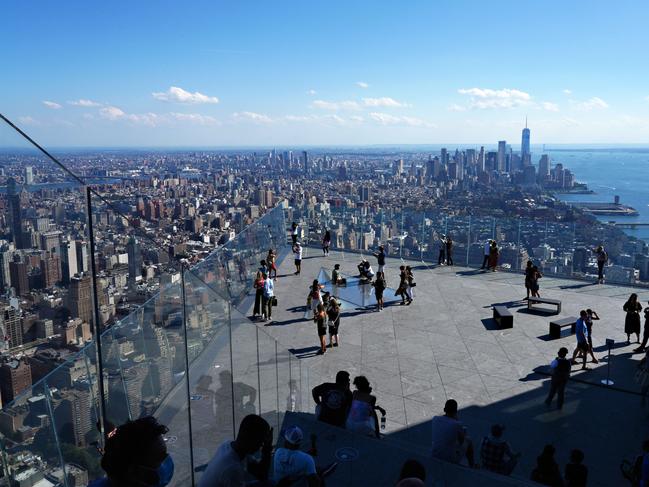
NEW YORK CITY
Cases: 484,436
Deaths: 33,185
Residents in New York have been going through Phase 3 reopening since July 6 and must monitor its success before moving on to Phase 4 reopening. Some restrictions still apply, however the following is permissible:
– Non-hair-related personal care services, including tattoo and piercing facilities, appearance
enhancement practitioners, massage therapy, spas, cosmetology, nail specialty, UV and non-UV tanning, or waxing service businesses are open.
– Outdoor dining is open but indoor dining is not.
– Retail stores allow indoor shopping with masks on.
– Some offices are allowing workers to return with social distancing and occupancy of 50 per cent.
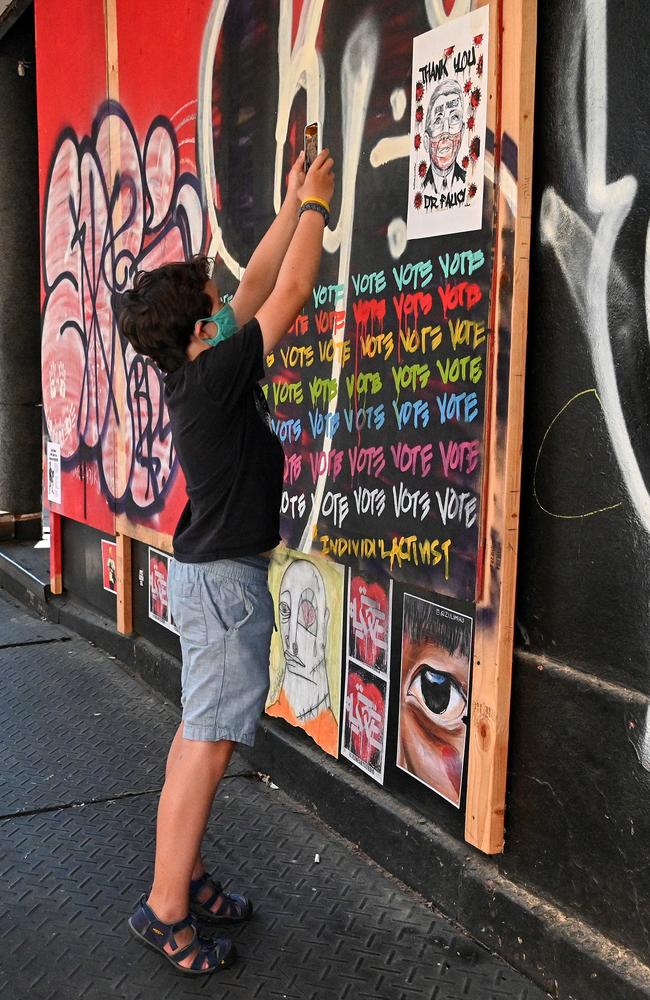
– Mask wearing and social distancing of one metre apart is still required on public transport and inside stores and buildings.
– Public libraries will open but with a ‘grab and go’ system.
– Parks are reopening dog runs, basketball courts, tennis courts, volleyball courts, handball courts and bocce courts.
– Movie theatres, Broadway, amusement parks like Coney Island’s Luna Park are still closed.
– Some museums and galleries are reopening at limited capacity, around 25 per cent.
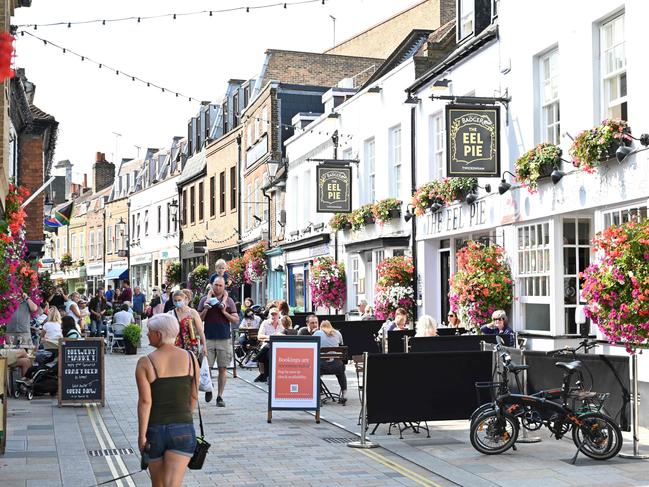
LONDON
Cases: 398,625
Deaths: 41,788
England moved from a state of national lockdown to more targeted local lockdowns.
The government gave powers to local authorities to implement lockdowns based on the scale of local outbreaks. Different rules are in place for some towns and cities.
Coronavirus has been accelerating across Britain again, causing the government to bring in or maintain restrictions. These include:
– Londoners are asked to wear face coverings in enclosed spaces.
– Maintain physical distance of two metres apart.
– Gatherings of more than six people will be banned nationwide.
– More than six can only meet can only meet indoors and outdoors for educational purposes, weddings, funerals, organised sports and youth activities, or if the household or support bubble is more than six people
– Businesses reopened include cinemas, museums, pubs, hairdressers, salons, museums, spas and gyms.
– Some sporting venues are testing reopening with smaller, socially distanced crowds in attendance.
– Nightclubs are still closed.
– Some offices are bringing back key staff members to buildings, others remain working from home.
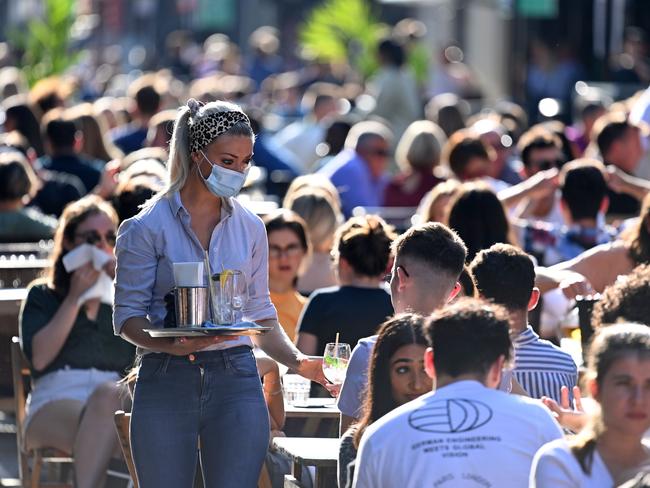
From September 22, outside of London there will be new restrictions for Lancashire (excluding Blackpool), Merseyside, parts of the Midlands and West Yorkshire.
New rules also apply in Bradford, Kirklees, Calderdale, Wolverhampton, and two parts of Leicestershire (Oadby and Wigston).
The rules largely ban separate households from meeting both indoors and outdoors. Pubs in Lancashire, Merseyside, Warrington and Halton pubs face a curfew and have to close between 10pm and 5am. People in these areas have been told to only use public transport for essential purposes.
From September 18, large parts of northeast England – the council areas of Northumberland, Newcastle, Sunderland, North and South Tyneside, Gateshead and County Durham – have had stronger lockdown measures introduced.
People in these areas are only allowed to mix with others from their own household and support bubbles. This applies both indoors and outdoors A curfew on restaurants, pubs and bars also exists.
They must only offer table service and have to close between 10pm and 5am.

ISRAEL
Cases: 190,929
Deaths: 1,273
Israel has entered a second national coronavirus lockdown for at least three weeks.
The cabinet released a full list of rules last week, that include the following:
One may go out from one’s residence up to a distance of 500 meters only.
This restriction enables going out into the public sphere (including parks and playgrounds) up to 500m.
It is also possible to go beyond the 500m range and back home for one of the following objectives:
* Employees / soldiers going to their place of work
* Buying medicine, food and essential products and services
* Helping someone in distress or who has some difficulty
* Medical, psychological or complementary medical treatment (with one patient only) and going to social welfare frameworks and essential social care
* Going to the Knesset, a demonstration, a judicial proceeding or to donate blood
* Going out for exercise by one person or people who live together – without restrictions as to distance, provided that one’s starting point is one’s residence and not a vehicle
* Going to funeral or circumcision
* One conducting prayers (a cantor or shofar blower) who has received a permit from the Religious Services Ministry in order to attend High Holiday prayers
* Essential treatment for animals
* Transferring a minor between parents who do not live together or transferring a minor to the care of another person if a single parent is going out for an essential need
* Going to permitted educational activity (special education, children of essential workers)
* Going to the airport for an overseas flight, 8 hours before the flight
* People with disabilities in sheltered housing or other residential programs may go out to visit first-degree relatives, who may also visit them
* First-degree relatives of fallen soldiers from the Yom Kippur War may go to memorial services
It should be clarified that going to prayers, even according to the outline for the high holidays, is subject to the 500m rule.
From Wednesday, September 23, until Thursday October 1, one may leave one’s residence in order to purchase the four species, materials for building a sukkah and to do the custom of kapparot.
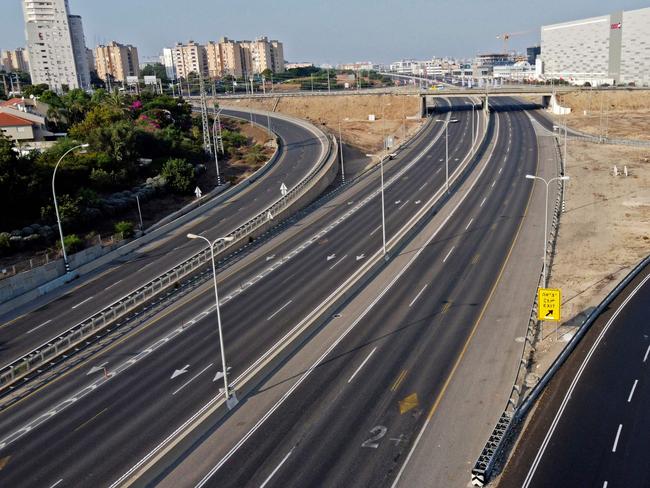
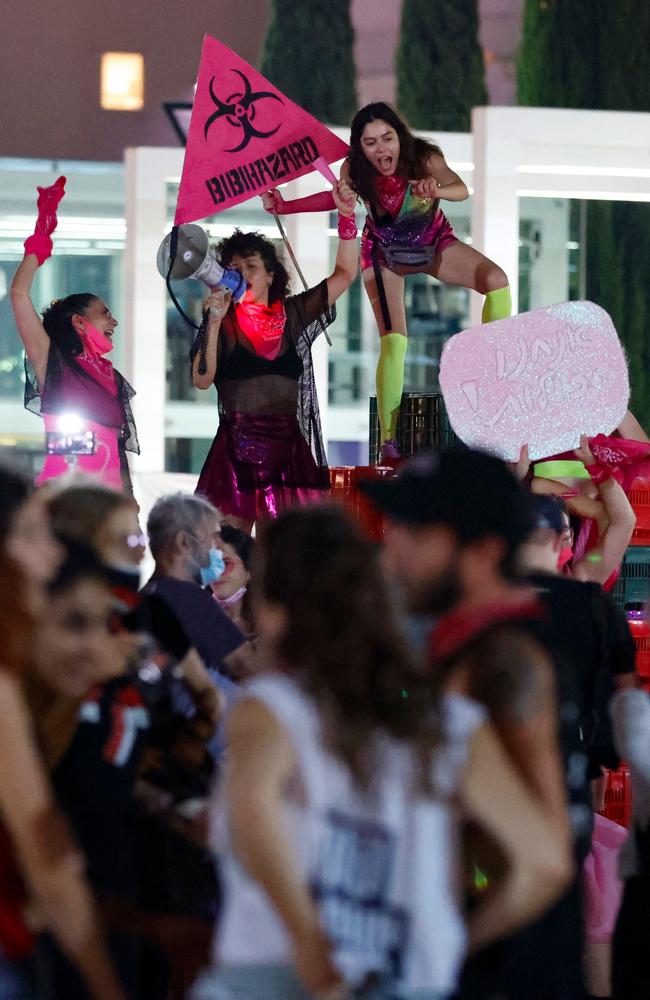
Restrictions on being in various places:
* It is prohibited to be in a residence of another person (except for some permitted purpose, such as carrying out work or assisting someone with a difficulty)
* It is prohibited to be on the beach except for permitted exercise only (by one person or people who live together, who came from their residence and not via a vehicle)
Rules of conduct in the public sphere
* Prohibition of gatherings – up to 10 people in a structure and 20 in an open area
* Maintaining two metres distance between people as much as possible
* Restrictions on the number of passengers in a vehicle – up to 3 people (except for people who live together) and one additional passenger per additional backseat row
Restrictions on commercial and recreational activity
It is prohibited to open businesses and places open to the public (including commerce, restaurants, swimming pools, gyms, barbershops, beauty parlours, places of recreation and hotels) as well as reception hours at places of work. There is no restriction on employees entering places of work provided that said place of work is not open to the public (for example, to carry out maintenance work, arrange merchandise, etc.)
Exceptions:
* Essential stores: Food stores, opticians, pharmacies, hygiene products, home maintenance products, laundries, communications products and repair shops for communications devices and computers
* Reception in essential places of work for essential services that cannot be obtained remotely (post offices, banks, etc.)
* Hotels and guesthouses – When the same are serving as alternate residences (long- or short-term) for people renting the place (such foreign workers, etc.) – without use of public spaces, pools, etc. This exception includes hotels for people in quarantine or those hotels designated for use by people receiving treatment and their families, adjacent to a medical institution
* A place for professional athletic training which has been approved by the Culture and Sports Ministry Director General
It should be clarified that it is permitted to operate food stores and essential stores (as detailed above) only, in malls or open-air markets.

Outline for prayers on Rosh Hashana and Yom Kippur
It is permitted to go to a place in the public sphere where prayers are being held provided that it is no more than 500m from one’s residence.
In open areas – In regular groups of up to 20 people, with distance between the groups and physical demarcation, empty places between people who do not live together, and no serving of food.
In structures – Areas with regular groups of 10/25 people (depending on the area being orange or red), with plastic between the areas, the maintaining of distance between the areas, the posting of signs regarding the number of worshippers, the size of the place, the applicable rules, two chairs’ distance between worshippers and no serving of food.
Permitted capacity for prayers in structures during the high holidays:
* Red areas – 30 people for the first two entrances, 20 people for each additional entrance
* Orange areas – 50 people per entrance
In any case, the number of worshippers present shall not exceed 1 person per 4 square meters of space in places designated for prayer
Public transport:
* City buses on regular routes – 32 passengers
* Inter-city buses on regular routes – 30 passengers
* Accordion buses on regular routes – 50 passengers
* Minibuses – 50 per cent of the number given in the license
* The Carmelit – 50 per cent of spaces
* Chartered buses – 30 passengers
* All other ground vehicles – 50 per cent of the number given in the license
* Taxis – The driver and either 1 or 2 passengers, if one of the passengers is someone who needs an escort, except for people who live together.
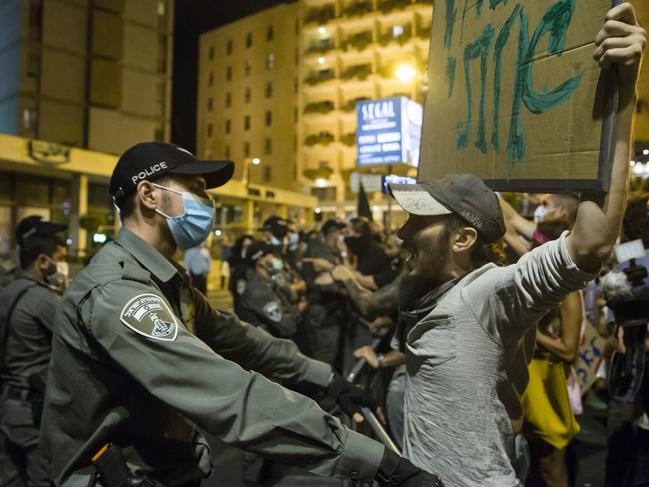

Special directives for passengers:
* Passengers in ground transportation vehicles may not eat while they are in the vehicle unless it necessary to maintain health
* Passengers in public transportation will pay for the ride by validating their ticket themselves and not by purchasing tickets from the driver; however, senior citizens, people accompanying the blind and passengers on bulletproof buses in Judea and Samaria will be able to purchase tickets from the driver
* Those operating ground transportation vehicles shall employ ushers to assist in maintaining these rules. The ushers shall were clothing that identifies the operating company and which is distinguishable from police uniforms and will wear prominent name tags that also identify them as ushers
* On buses: Passengers shall not sit in the seats immediately behind or next to the driver unless there is a barrier at least 180cm in height between the driver’s seat and the seats behind him. If these seats are reserved for people with disabilities, other nearby seats shall be allocated, which provide easy access.
* Passengers may not stand on intercity buses
* Passengers may not stand near the driver on city buses on regular routes
* Taxis: Passengers shall not sit next to the driver unless there is a plastic barrier between the driver’s seat and the adjacent passenger seat.
* In all transportation vehicles with windows that can be opened, the windows shall be opened.
* Trains: An entry pass for the trip which was ordered in advance together with the ticket. The entry pass will include the passenger’s identification number, boarding station, destination station, and the date and time of the trip. Israel Railways will keep in a secure manner the information it receives pursuant to this regulation, will make no other use of it other than to print entry passes and to deliver to the Health Ministry in order to carry out epidemiological tracing and will delete it 20 days after receiving it.
The Cabinet also passed regulations restricting the number of employees in the public sector.
The regulations specify that the number of employees in government offices, local authorities and religious councils shall not exceed 10 workers or 50 per cent of the workforce at any one time, whichever is highest.
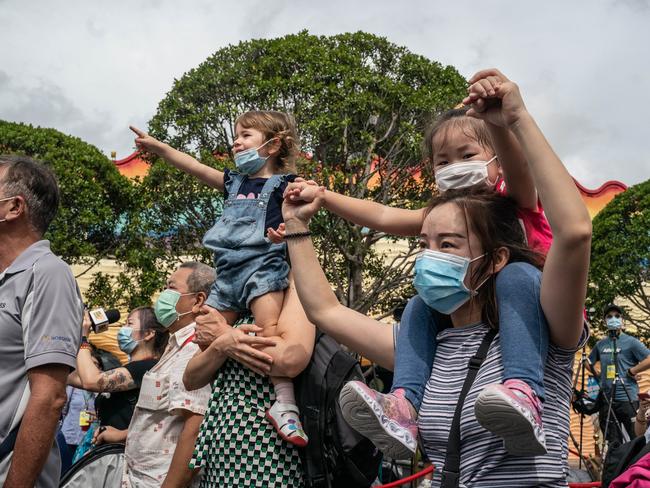

HONG KONG
Cases: 5,039
Deaths: 103
Hong Kong, which has a population of 7.5 million people, has recorded comparatively few cases of COVID-19 when measured against other major metropolises.
With stores and restaurants staying open throughout the pandemic, Hong Kong seemed relatively normal compared to cities with stricter lockdown measures.
When Apple stores closed worldwide, the six retail outlets in Hong Kong remained open.
There were phased closures of government offices, schools, gyms and bars but workers went back to office buildings in July and even nightclubs opened.
Restaurants, shops, malls, and trains functioned as normal.
Mask-wearing is widespread, and there was strict border control and contact tracing.
It is possible Hong Kong avoided lockdown mostly because its residents knew how to behave culturally, having lived through the fairly recent SARS outbreak in 2003.
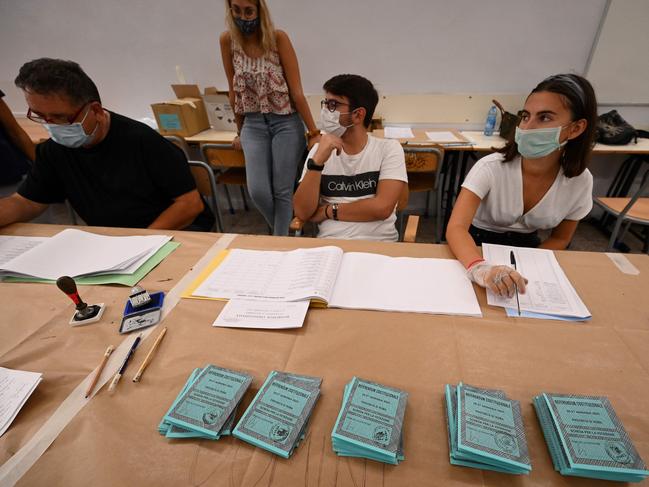
ITALY
Cases: 299,506
Deaths: 35,724
Italy was one of Europe’s worst-hit countries with more than 289,000 cases and more than 35,000 deaths.
The Italian government imposed very strict lockdown measures on its 60 million population, including the three million residents of Rome, such as:
– No going out or public socialising anywhere or even to exercise
– Police patrolling every street
– No travel unless with police permission
– No hospital emergency room visitations or visits to loved ones in jail or other institutions
– All shops except grocery stores and pharmacies were ordered to stay closed
The government eased its rigid lockdown measures in May, and when cases spiked again a second national lockdown was debated but rejected in favour of localised lockdowns, if necessary.
MORE NEWS
Meghan’s ‘cold-call’ move amid legal row
Five ways to help a person with dementia
‘Victory for justice’: Victims’ relief at Malka Leifer extradition
‘Not sure what they do’: Police Minister’s ADF response
Originally published as How Victoria’s roadmap from lockdown compares to the world
